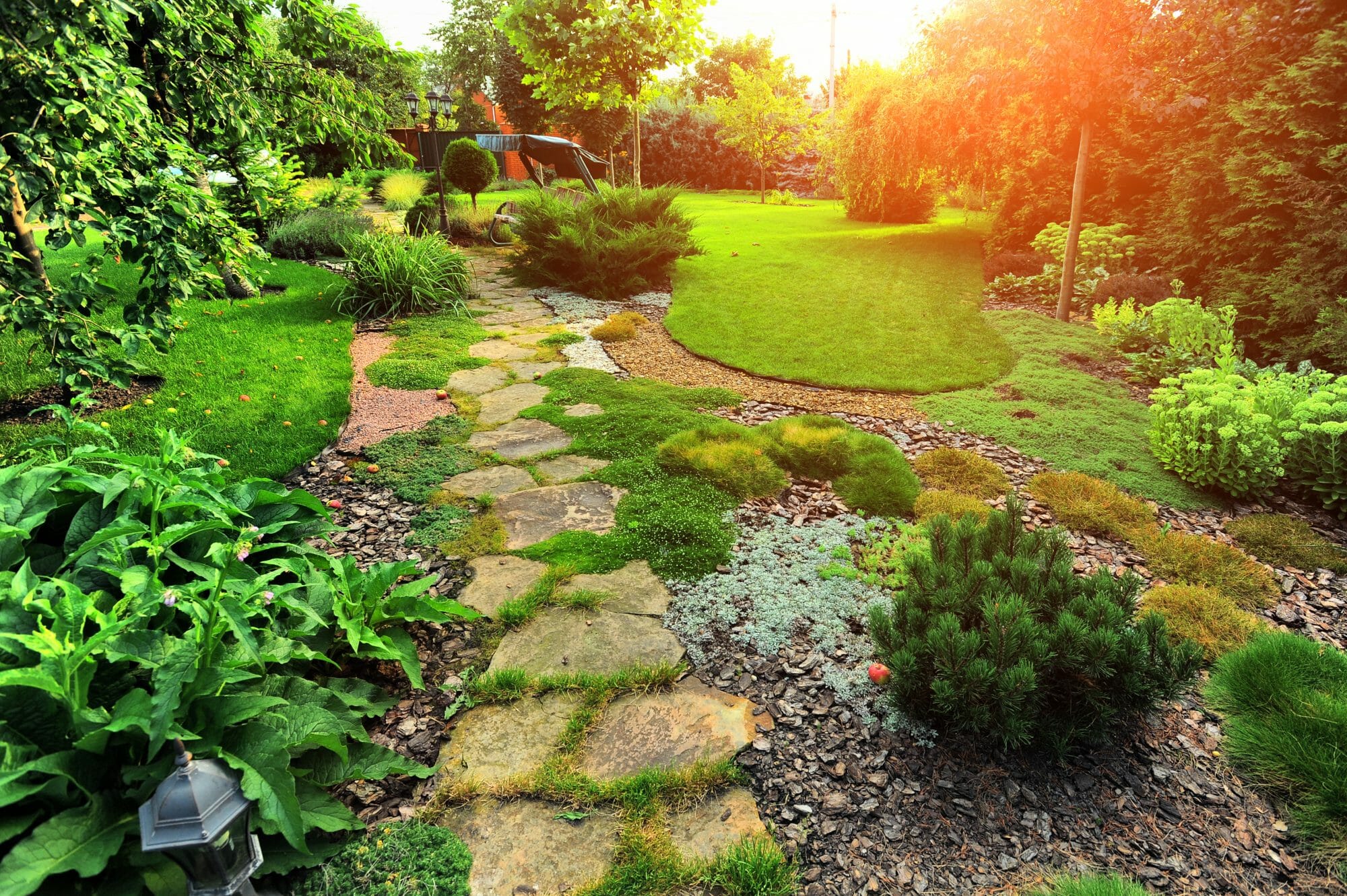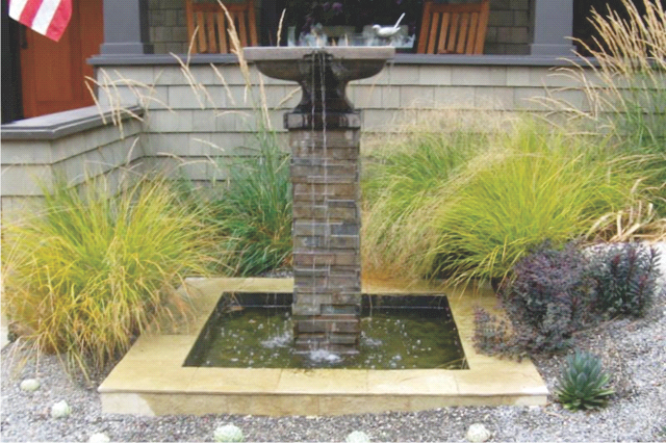Some Known Factual Statements About Hilton Head Landscapes
Wiki Article
The Definitive Guide to Hilton Head Landscapes
Table of ContentsHilton Head Landscapes Things To Know Before You Get ThisThe Facts About Hilton Head Landscapes UncoveredThe Single Strategy To Use For Hilton Head LandscapesHow Hilton Head Landscapes can Save You Time, Stress, and Money.Little Known Facts About Hilton Head Landscapes.All About Hilton Head Landscapes
Since color is short-lived, it ought to be used to highlight more enduring components, such as texture and form. A color study (Number 9) on a plan sight is handy for making shade selections. Shade systems are attracted on the plan to show the quantity and suggested location of various colors.Color study. https://www.mixcloud.com/h1tnhdlndscps/. Visual weight is the principle that combinations of specific attributes have much more importance in the structure based upon mass and comparison. Some areas of a make-up are more visible and unforgettable, while others fade into the history. This does not suggest that the history attributes are unimportantthey create a cohesive look by linking with each other attributes of high visual weight, and they supply a relaxing place for the eye.
A harmonious composition can be achieved with the principles of proportion, order, rep, and unity (Landscapers near me). Physical and psychological convenience are two crucial ideas in design that are accomplished through usage of these principles.
7 Easy Facts About Hilton Head Landscapes Explained

Outright proportion is the scale or size of an object. An important absolute range in style is the human range (dimension of the body) since the size of other things is taken into consideration family member to people. Plant product, garden structures, and ornaments ought to be thought about family member to human scale. Other important relative proportions consist of the dimension of your house, lawn, and the location to be planted.
Utilizing significantly various plant dimensions can help to attain supremacy (focus) with comparison with a big plant. Using plants that are comparable in size can assist to achieve rhythm via repetition of dimension.
8 Simple Techniques For Hilton Head Landscapes
Benches, tables, pathways, arbors, and gazebos work best when people can utilize them quickly and really feel comfy using them (Number 11). The hardscape must additionally be symmetrical to the housea deck or patio area need to be huge sufficient for enjoyable but not so large that it does not fit the scale of the home.
Percentage in plants and hardscape. Human range is also vital for emotional convenience in gaps or open rooms. Individuals feel much more safe in smaller open areas, such as patios and balconies. A vital principle of spatial convenience is room. Lots of people feel at ease with some kind of overhead problem (Number 11) that implies a ceiling.
The Buzz on Hilton Head Landscapes
Balanced balance is attained when the same objects (mirror pictures) are put on either side of an axis. Number 12 reveals the exact same trees, plants, and frameworks on both sides of the axis. This kind of equilibrium is utilized in official styles and is just one of the earliest and most desired spatial organization principles.Numerous historical yards are organized utilizing this concept. Number 12. Symmetrical balance around an axis. Unbalanced balance is accomplished by equivalent visual weight of nonequivalent types, shade, or structure on either side of an axis. This kind why not try here of balance is informal and is generally attained by masses of plants that show up to be the exact same in aesthetic weight instead than total mass.
The mass can be attained by combinations of plants, structures, and garden ornaments. To develop balance, features with huge dimensions, thick forms, bright shades, and crude textures appear much heavier and must be conserved, while little sizes, sporadic types, grey or controlled shades, and fine texture appear lighter and ought to be utilized in better quantities.
Some Known Questions About Hilton Head Landscapes.
Asymmetrical balance around an axis. Viewpoint equilibrium is interested in the equilibrium of the foreground, midground, and history. When taking a look at a structure, the objects in front usually have better aesthetic weight since they are closer to the audience. This can be well balanced, if wanted, by utilizing bigger things, brighter shades, or crude structure in the background.
Mass collection is the grouping of features based upon resemblances and afterwards organizing the groups around a central space or function. https://triberr.com/h1tnhdlndscps. A great example is the organization of plant product in masses around an open round yard area or an open crushed rock seating area. Repetition is created by the duplicated usage of elements or attributes to develop patterns or a sequence in the landscape
Hilton Head Landscapes for Dummies
Repeating must be utilized with caretoo much repetition can produce monotony, and insufficient can create confusion. Easy repeating is the use of the exact same things straight or the collection of a geometric kind, such as a square, in an organized pattern. Repeating can be made more fascinating by using alternation, which is a minor adjustment in the series on a routine basisfor instance, making use of a square kind in a line with a circular kind put every fifth square.An example could be a row of vase-shaped plants and pyramidal plants in an ordered series. Rank, which is the steady change in specific features of a feature, is another method to make repeating extra interesting. An example would be making use of a square type that progressively comes to be smaller or larger.
Report this wiki page